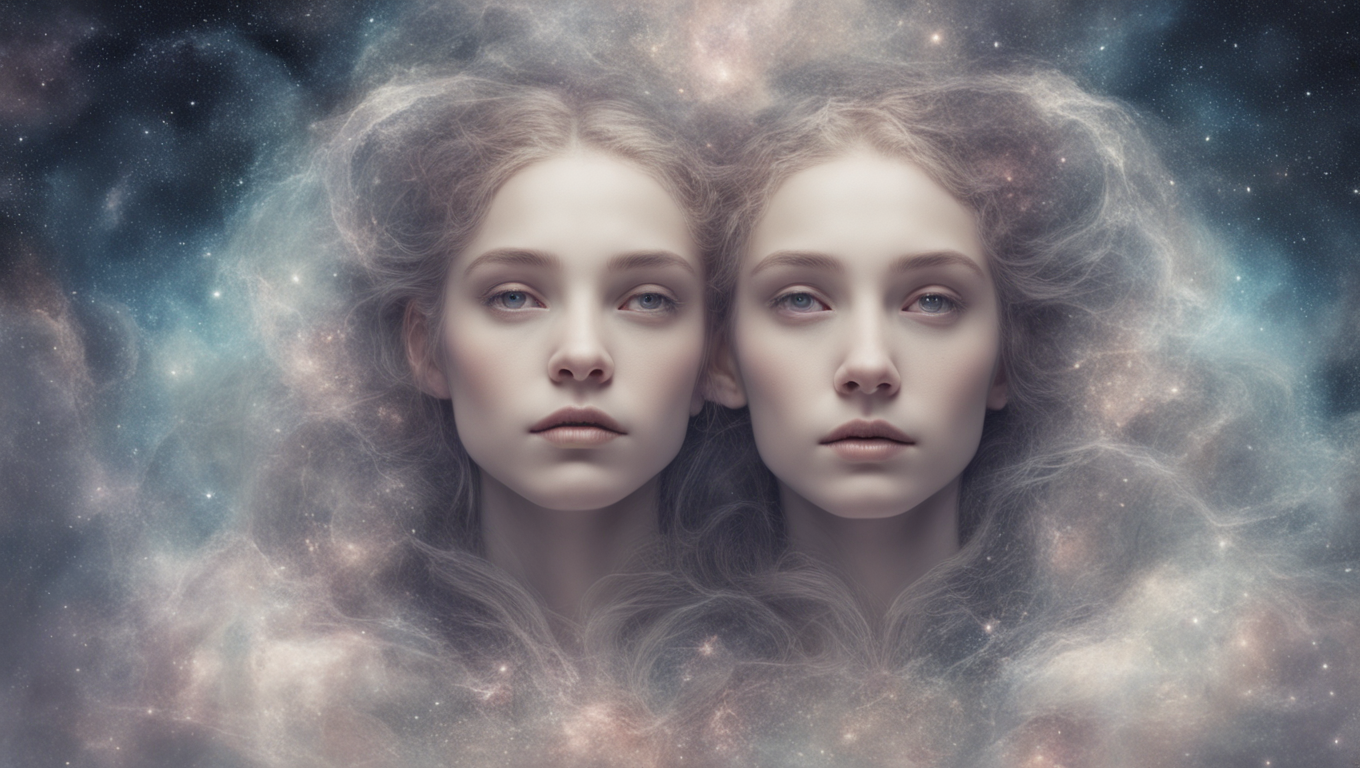Annika Nordenskiöld, a Swedish artist, recently made history by winning the world’s first artificial intelligence art award at the Ballarat International Foto Biennale. Her winning piece, titled “Twin Sisters in Love (2023),” is a striking image of two sisters cuddling an octopus. What makes this artwork unique is the fact that it was created using computer prompts, harnessing the power of artificial intelligence (AI).
Upon receiving the $2000 prize, Nordenskiöld expressed her perspective on AI, stating, “I understand the fear of AI and find it somewhat healthy. But I see it more like a colleague I am working with.” Her use of AI to create these evocative and thought-provoking images challenges traditional notions of photography and art.
Nordenskiöld’s artwork has sparked a debate within the artistic community about the definition of photography. She explains, “None of these places, people or creatures exist in the physical realm.” Her images, created through the AI program Midjourney, are a collage of various elements brought together in a digital landscape. This challenges the traditional idea that photography must capture reality.
In her recent exhibition titled “We don’t exist” held in Stockholm, Nordenskiöld further explored the theme of non-physical existence. Her photographs, generated through text prompts, blur the boundaries between reality and fiction. Some viewers find them uncomfortable, while others are intrigued and fascinated by this new form of artistic expression.
The rise of AI in the field of art raises questions about the role of human creativity in the digital age. While some may view AI as a threat to human artistic expression, others, like Nordenskiöld, embrace it as a tool to enhance their creative process. As she explains, “AI creates them as a kind of collage.” By collaborating with AI, artists can push the boundaries of what is possible and challenge the status quo.
Critics argue that AI-generated art lacks the emotional depth and subjective interpretation that human artists bring to their work. However, Nordenskiöld’s success in winning this prestigious award demonstrates that AI art has the potential to evoke powerful emotions and spark meaningful discussions.
As the world of art continues to evolve, it is essential to embrace new technologies and explore their possibilities. AI provides artists with a new medium through which they can express their ideas and challenge established conventions. Nordenskiöld’s groundbreaking work serves as a testament to the limitless potential of AI in the realm of art.
In the words of Nordenskiöld, “Many people say my pictures make them uncomfortable… When I explain that AI creates them as a kind of collage… many laugh, others are distressed and find them disgusting.” Whether it evokes laughter or distress, there is no denying the impact of her AI-generated artwork. It is an invitation to question our preconceived notions and explore the ever-expanding world of art in the digital age.





Use the share button below if you liked it.